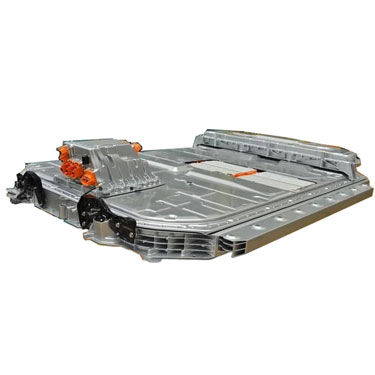The friction stir welding process is a solid-state joining process that uses a non-consumable tool to join two opposing workpieces without melting the workpiece material. The friction between the rotating tool and the workpiece material generates heat, which can lead to softened areas near the friction stir welding tool. As the tool moves along the bond line, it mechanically mixes the two pieces of metal and forges the hot and softened metal through the mechanical pressure applied by the tool, much like joining clay or dough. It is mainly used for forging or extruding aluminium especially for structures requiring very high weld strength. The friction stir welding process is capable of joining aluminum alloys, copper alloys, titanium alloys, mild steel, stainless steel and magnesium alloys. More recently, it has been successfully used in the welding of polymers. In addition, the joining of dissimilar metals, such as aluminum and magnesium alloys, has recently been achieved by friction stir welding.
The friction stir welding process was invented at the Welding Institute (TWI) in the UK in December 1991 and proved experimentally. It breaks through the forbidden area where conventional friction welding cannot weld plates, thereby making a major change in the connection technology of non-ferrous metal plates such as aluminum and copper. It is now widely used in modern shipbuilding, trains and aerospace.
The manufacturing of battery tray for wheel arch and electric motor water jacket in our factory benefits from this technology. This technology also enables the growth of water cooling plate factory.

The solid-state nature of the friction stir welding process, combined with its unusual tool shape and asymmetric velocity profile, results in a highly characterized microstructure. The microstructure can be divided into the following areas:
The stirring zone (also known as the dynamic recrystallization zone) is a region of heavily deformed material that roughly corresponds to the position of the pin during welding. The grains in the stirred zone are roughly equiaxed and typically an order of magnitude smaller than the grains in the parent metal. A unique feature of the stirring zone is the frequent appearance of several concentric rings, known as an "onion ring" structure. The exact origin of these rings has yet to be determined, although variations in particle number density, grain size and texture have all been proposed.
Thermomechanically affected zones (TMAZ) appear on both sides of the stirring zone. In this region, the strain and temperature are lower, and the effect of welding on the microstructure is correspondingly smaller. Unlike the stir zone, the microstructure of the friction stir welding process can be identified as that of the base metal, despite significant deformation and rotation. Although the term TMAZ technically refers to the entire deformation area, it is generally used to describe any area not already covered by the stirring zone and flow arm.
The heat affected zone (HAZ) is common to all welding processes. As the name suggests, this area undergoes thermal cycling but does not deform during welding. The temperature is lower than in the TMAZ, but can still have a significant effect if the microstructure is thermally unstable. In fact, in age-hardened aluminum alloys, this region typically exhibits the worst mechanical properties.
The Friction Stir Welding (FSW) process is a cutting-edge solid-state joining technique that produces high-strength, defect-free welds, making it ideal for a wide range of applications. As top of friction stir welding suppliers, Cheeven provides FSW products with high quality in a favorable price. Common products manufactured using FSW include water jacket electric motor, copper cooling plates, and electric radiators. These components benefit from the superior mechanical properties and enhanced thermal conductivity provided by the FSW process. For instance, water jacket electric motors utilize FSW to ensure robust and leak-proof joints, while copper cooling plates achieve optimal heat dissipation. Additionally, electric radiator manufacturers prefer FSW for its ability to create durable and efficient cooling systems. Beyond these specialized applications, FSW is also commonly used in the aerospace, automotive, and shipbuilding industries to join aluminum alloys, magnesium alloys, and other lightweight materials, ensuring high performance and reliability in demanding environments. Contact for our friction stir welding services now!